Unlocking Precision: The Essential Guide to Choosing the Right CNC Milling Tools for Your Projects
In the world of precision engineering, selecting the right CNC milling tools is crucial for achieving optimal results in your projects. Whether you are a seasoned professional or a newcomer to the realm of computer numerical control machining, understanding the various types of CNC milling tools available can significantly impact the quality and efficiency of your work. This guide aims to unlock the intricacies of CNC milling tools, providing you with essential insights and practical tips to help you make informed decisions tailored to your specific needs. From exploring the various materials and coatings that enhance tool performance to discussing the latest innovations in tool design, we will equip you with the knowledge necessary to excel in your machining endeavors. Join us as we delve into the best strategies for choosing the right CNC milling tools that will drive your projects forward with precision and confidence.
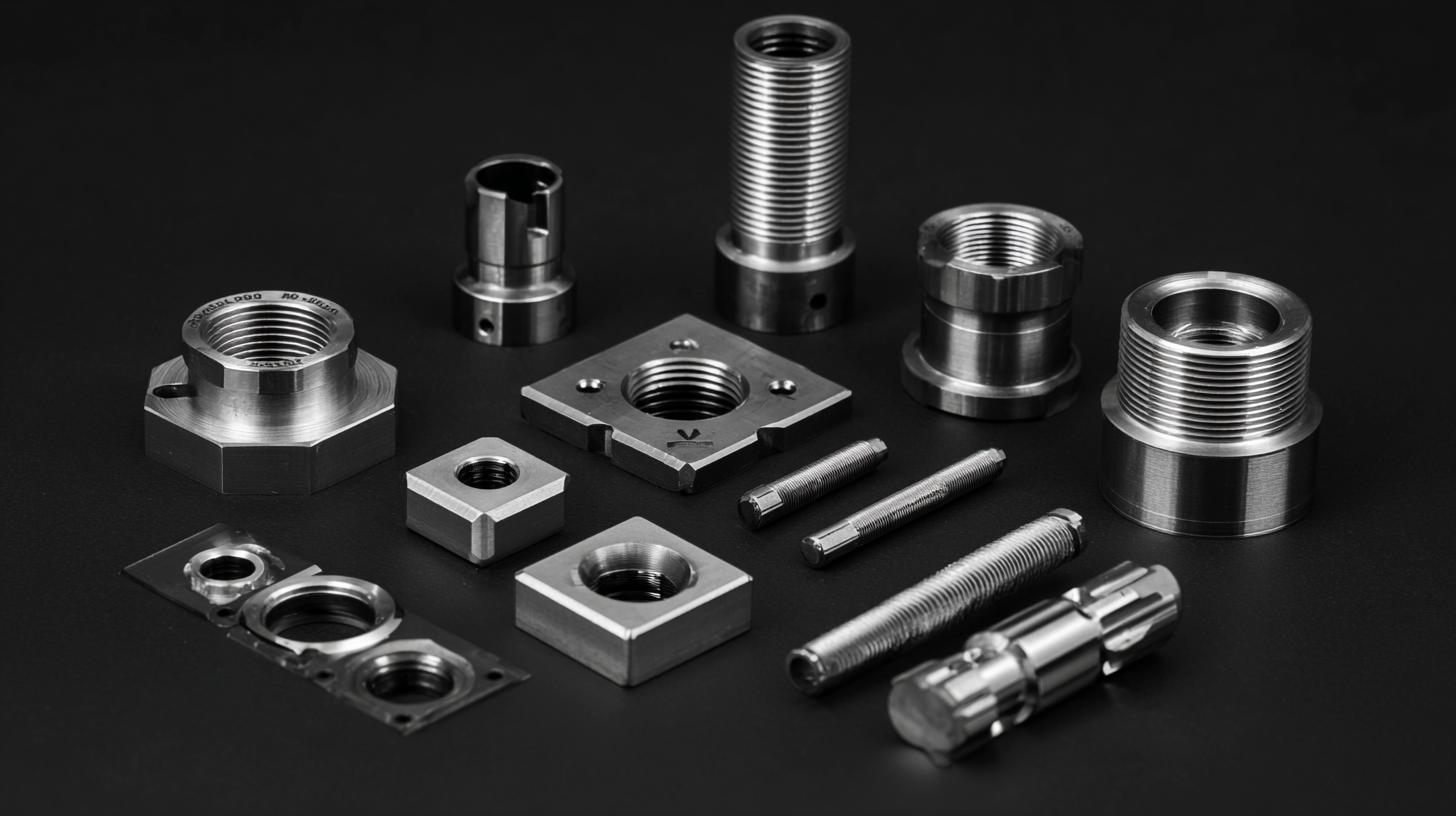
Understanding CNC Milling Fundamentals for Precision Cutting
CNC milling is a vital process in modern manufacturing, offering precision and efficiency across various industries. According to a report by MarketsandMarkets, the CNC machine market is expected to reach $100.1 billion by 2025, with milling machines being one of the key components driving this growth. Understanding the fundamentals of CNC milling is essential for achieving precision cutting, which ultimately impacts the quality of the end product.

Incorporating these principles not only enhances productivity but also ensures accuracy in operations. With rising demand for precision in industries like aerospace and automotive, a thorough grasp of CNC milling fundamentals becomes indispensable for engineers and manufacturers looking to optimize their production capabilities.
Key Factors to Consider When Selecting CNC Milling Tools
When selecting CNC milling tools, several key factors must be taken into account to ensure optimal performance and precision in your projects. The type of material being machined is crucial; different materials require specific tool geometries and coatings to enhance efficiency and tool longevity. It is essential to match the cutting tool’s specifications with the material properties to achieve the desired surface finish and dimensional accuracy.
Furthermore, advancements in tooling technology are driving the need for integration between modern CNC machines and next-generation cutting tools. This synergy can significantly enhance productivity and precision, allowing for more complex operations and improved machining strategies. As industries continue to embrace automated solutions, investing in high-performance milling cutters that exhibit durability and adaptability is imperative. The ongoing evolution of CNC technology, coupled with the demand for high-precision tools, underlines the importance of careful selection in achieving manufacturing excellence.
Types of CNC Milling Tools: Choosing the Best for Your Material
When it comes to CNC milling, selecting the appropriate tools is crucial for achieving precision and efficiency in your projects. Understanding the various types of CNC milling tools available is essential for optimizing the machining process according to the specific materials you're working with. Reports from industry experts, such as the 2021 Global CNC Machine Tools Market report, indicate that the rise of advanced tooling technologies has significantly increased production efficiency by up to 30%, making the choice of tools even more pivotal.
Different materials require distinct milling tools to address their unique characteristics. For instance, carbide tools are favored for their hardness and wear resistance, making them suitable for machining harder materials like titanium and stainless steel. In contrast, high-speed steel (HSS) tools may be more appropriate for softer materials such as aluminum and plastics, due to their cost-effectiveness and ability to produce finer finishes. According to a survey by the Manufacturing Institute, approximately 45% of manufacturers highlight the importance of material-specific tooling to enhance production rates and ensure quality outcomes, underscoring the necessity of informed decision-making when choosing CNC milling tools.
Unlocking Precision: The Essential Guide to Choosing the Right CNC Milling Tools for Your Projects
| Tool Type | Material Suitability | Applications | Advantages | Disadvantages |
|---|---|---|---|---|
| End Mill | Aluminum, Steel, Plastic | General milling, contouring | Versatile, Various sizes available | Wear can affect precision |
| Ball Nose Mill | Aluminum, Soft Metals | 3D contouring, sculpting | Great for curved surfaces | Less effective for flat surfaces |
| Face Mill | Steel, Cast Iron | Surface finishing, machining flat surfaces | High material removal rate | May require more power |
| Reamer | Steel, Aluminum | Finishing holes, achieving precise dimensions | Improves accuracy, achieves smooth surfaces | Limited material range |
Tips for Enhancing Tool Longevity and Performance in CNC Machining
 In the world of CNC machining, the choice of milling tools is paramount not only for precision but also for enhancing tool longevity and performance. According to a report by the Association for Manufacturing Technology (AMT), using the correct tooling can improve machining efficiency by up to 30%. This emphasizes the importance of selecting tools tailored specifically for the material and nature of the project.
In the world of CNC machining, the choice of milling tools is paramount not only for precision but also for enhancing tool longevity and performance. According to a report by the Association for Manufacturing Technology (AMT), using the correct tooling can improve machining efficiency by up to 30%. This emphasizes the importance of selecting tools tailored specifically for the material and nature of the project.
To enhance tool longevity while maintaining performance, consider the following tips:
First, regularly check and maintain your machining equipment to prevent wear and tear. Research indicates that nearly 20% of tool failures are due to improper maintenance.
Second, utilize appropriate cutting parameters, such as feed rate and spindle speed, which can match the tool's capabilities to the material's properties. The right combination can reduce heat generation, thereby extending tool life by up to 25%.
By implementing these strategies, CNC operators can optimize their machining processes while ensuring their tools perform reliably over time.
Troubleshooting Common CNC Milling Challenges with the Right Tools
CNC milling is a powerful process that allows manufacturers to achieve high precision in their projects, but it often presents challenges that can disrupt workflow. One common issue is the incorrect choice of tools, which can lead to inefficiencies and suboptimal results. By understanding the specific needs of your milling tasks and selecting the right tools, you can significantly reduce errors and improve productivity. Additionally, troubleshooting these challenges becomes easier with the right post processors, which serve as critical intermediaries between CAD designs and CNC machinery, ensuring that every command executed aligns precisely with project specifications.
As technology advances, innovations like digital twins are making it easier for manufacturers to address skills gaps in CNC milling operations. These digital representations of physical systems can help train operators, enabling them to understand machine functions intimately and navigate common pitfalls more effectively. By integrating new training technologies with CNC milling tools, manufacturers can facilitate a smoother transition for workers, ultimately leading to better machine handling and improved output quality. Embracing these tools and training methodologies can transform the CNC machining landscape, allowing shop owners to leverage AI and automation for enhanced manufacturing capabilities.
Related Posts
-
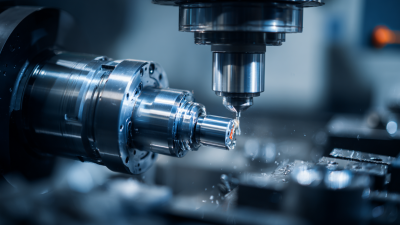
Transforming Manufacturing with Best Low Cost CNC Machining Strategies for Industry 2025 Trends
-
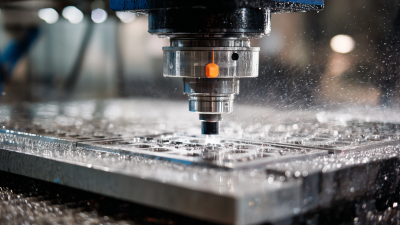
Essential Techniques for Optimizing CNC Manufacturing Efficiency in Your Factory
-
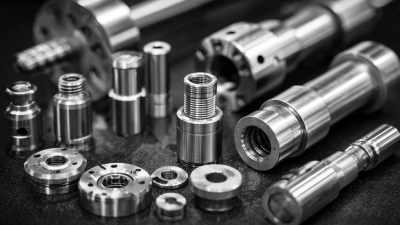
Ultimate Checklist for Sourcing the Best Precision Tools: Key Metrics and Supplier Insights
-
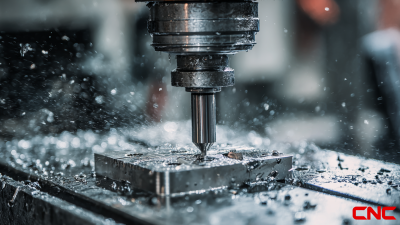
7 Essential Benefits of Best Cnc Machining Precision in Modern Manufacturing
-

5 Reasons Why Best CNC Manufacturing Leads to Exceptional Product Quality
-
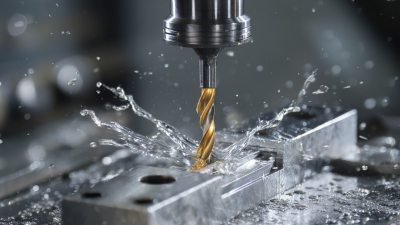
Global CNC Milling Trends: 2025 Market Insights and Future Opportunities

